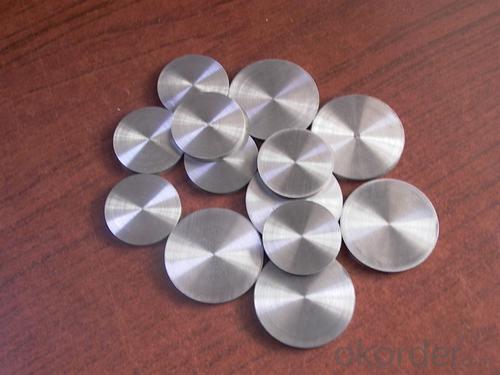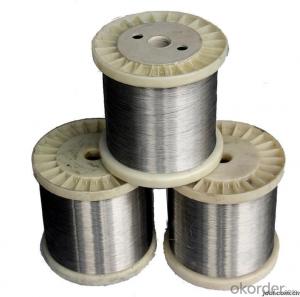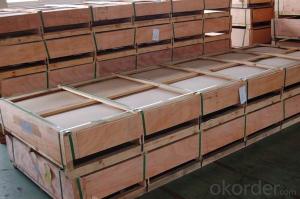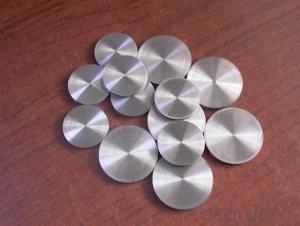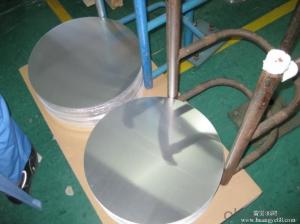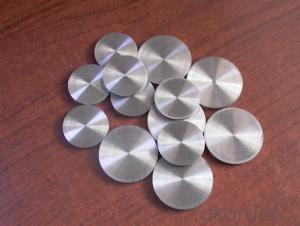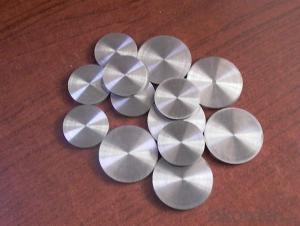Rippled Aluminum Sheets for Roofs - Direct Casting Aluminum Circle for Kitchen Pot
- Loading Port:
- Shanghai
- Payment Terms:
- TT OR LC
- Min Order Qty:
- 5 m.t.
- Supply Capability:
- 50000 m.t./month
OKorder Service Pledge
OKorder Financial Service
You Might Also Like
Specification
1.Structure of Direct Casting Aluminium Circle for Kitchen Pot
Direct Casting Aluminium Circle for Kitchen Pot is one semi-finished aluminium material. This strip can be rolled down to aluminium coil,sheet,circle ect. The alloy AA1050 is widly used in building, industry ect. Its weight is much lower than steel. So many customers choosed aluminium material instead of steel.
2. Main features of Direct Casting Aluminium Circle for Kitchen Pot
a.Competitive price---We have our own mills and can produce mill finished aluminium coils, so we can control the production cost better.
b.Professional after-sale service---We have more than 15 years exportation experience and you need not worry about the exporation problems.
c.Fast delivery time---We can control the delivery time within 35 days.
3. Image
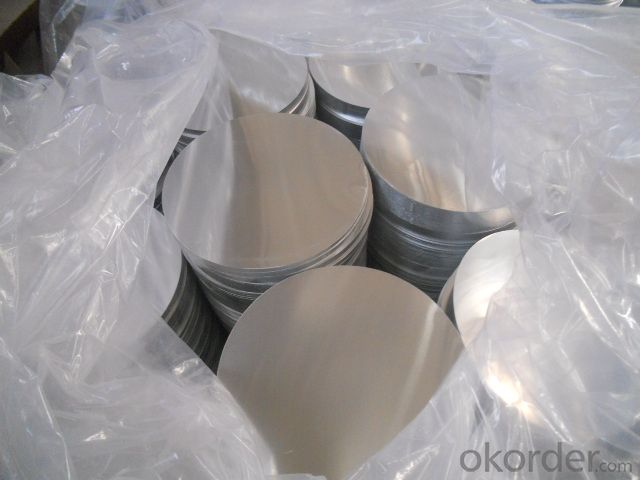
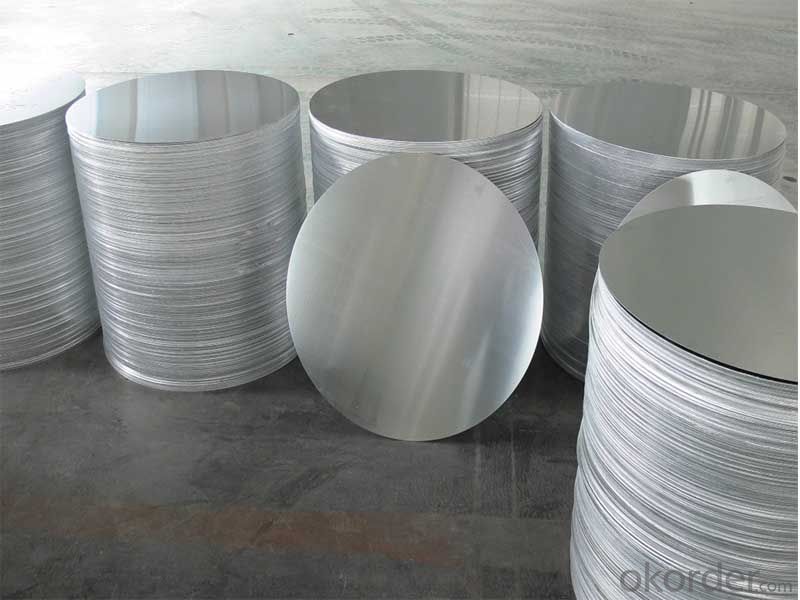
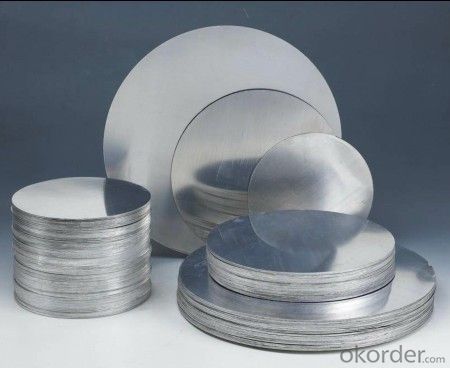
4. Product Specification
| ALLOY | TEMPER | THICKNESS | DIAMTER | ROLLING |
| AA1050 | H18 | 0.2MM-2MM | 100MM-900MM | DEEP |
5.FAQ:
What is the quality standard?
---Usually our standard is GB3880-2006
What is the largest width?
---It is 2300mm
What is the MOQ?
---Usually we can accept 80 tons.
- Q: How does the aluminum plate manufacturer prevent the aluminum plate from scratching?
- I also want to know how to protect the factory
- Q: Can the aluminum sheets be bent or formed into different shapes?
- Aluminum sheets possess the remarkable ability to undergo effortless bending and shaping procedures. Displaying exceptional malleability, aluminum is capable of being manipulated with utmost ease, devoid of any risk of fracturing or shattering. This unique characteristic renders it a perfect choice for diverse applications that necessitate adaptability and tailored specifications. Employing an assortment of methodologies including press brakes, rollers, and specialized forming tools, aluminum sheets can be flexed, folded, rolled, or formed effortlessly. Such remarkable versatility enables the fabrication of intricate shapes and structures, rendering aluminum an immensely favored option in sectors like construction, automotive, aerospace, and manufacturing.
- Q: Is it suitable to use aluminum sheets as roofing materials in areas with high temperatures?
- <p>Yes, aluminum sheets can be used for roofing materials in hot climates. Aluminum has a high thermal conductivity, which means it can quickly dissipate heat, helping to keep buildings cooler. It also has excellent resistance to corrosion, which is beneficial in areas with high humidity or salt air. Additionally, aluminum is lightweight, easy to install, and can be recycled, making it an environmentally friendly option. However, it's important to ensure proper ventilation and insulation to maximize its performance in hot climates.</p>
- Q: A solid aluminum sphere has a mass of 83 g.Use the density of aluminum to find the radius of the sphere in inchesExpress your answer using two significant figures.I can't figure this out :(
- Aluminum's density is about 2.7 grams per cubic centimeter. So a sphere with a mass of 84grams has a volume of about 31.111 cubic centimeters. You get this by dividing 84 by 2.7. Now that you know the volume, you can calculate the radius of the sphere. for a sphere, volume = 4/3 pi * radius to the third power. So 31.111 = 4/3 * (3.14...) * r^3. Divide both sides by 4/3 then divide both sides by pi and you get something like r^3 is 7.427. Then find the cube root of this to find your radius. I don't have a calculator, so someone should check the numbers.
- Q: Can aluminum sheets be used for roof flashing?
- Yes, aluminum sheets can be used for roof flashing. Aluminum is a popular choice for roof flashing due to its durability, corrosion resistance, and lightweight properties. It provides a reliable barrier against water penetration and helps to redirect water away from vulnerable areas on the roof, such as valleys and chimneys. Additionally, aluminum flashing is relatively easy to install and maintain, making it a practical choice for roof flashing purposes.
- Q: Do the aluminum sheets come with a protective coating?
- Indeed, the aluminum sheets are accompanied by a protective coating, which is skillfully applied in order to safeguard against any potential scratches, corrosion, or other forms of damage that may occur during the process of transportation and handling. This meticulous coating process guarantees that the aluminum sheets are delivered to our cherished customers in an immaculate state.
- Q: Are aluminum sheets suitable for medical applications?
- Yes, aluminum sheets are suitable for medical applications. Aluminum is a lightweight and durable material that is resistant to corrosion, making it suitable for medical equipment and devices. It is commonly used in the production of medical instruments, diagnostic imaging systems, and surgical trays. Additionally, aluminum sheets can be sterilized easily, further enhancing their suitability for medical applications.
- Q: This question asks about the typical duration an aluminum roof sheet can last before it needs to be replaced or repaired.
- <p>The lifespan of aluminum sheets for roofing can vary depending on the quality of the material, installation, and environmental factors. On average, a well-maintained aluminum roof can last between 20 to 50 years. High-quality aluminum roofing materials, when properly installed, can even exceed this range, offering a lifespan of up to 70 years. However, it's important to note that regular inspections and maintenance are crucial to extend the life of any roofing material, including aluminum.</p>
- Q: Are aluminum sheets conductive?
- Yes, aluminum sheets are conductive.
- Q: Alumina is the protective coating that covers aluminum when exposed to oxygen. It's actually corroded aluminum that prevents the aluminum from continuously corroding.What I didn't know until recently was that alumina is an electrical insulator. If that's the case why then isn't aluminum an insulator if one is trying to pass current along its surface?
- Corroded aluminum is not the same substance as rust is not the same as iron. Iron is simply Fe, rust is Fe2O3 if I am correct. So the alumina is not the same as aluminum. Just because something has an element in it doesn't mean it has the properties of the material, or is even similar to that element in anyway. Glass is conductive when its molten, but not when its cool and hard, like windows. So unless what you are dealing with is exactly the same thing, you can't assume anything about it, generally. EDIT: Aluminum is Al, alumina is Al2O3. Alumina is an oxide, aluminum is a pure element, they aren't the same so they can have different properties. As for being an insulator, the layer of alumina is usually so thin it only adds a small amount of resistance to a circuit. If you had a block made of pure alumina and you tried to run current through it it would add lots of resistance or so much there would be virtually no flow.
Send your message to us
Rippled Aluminum Sheets for Roofs - Direct Casting Aluminum Circle for Kitchen Pot
- Loading Port:
- Shanghai
- Payment Terms:
- TT OR LC
- Min Order Qty:
- 5 m.t.
- Supply Capability:
- 50000 m.t./month
OKorder Service Pledge
OKorder Financial Service
Similar products
Hot products
Hot Searches
Related keywords



